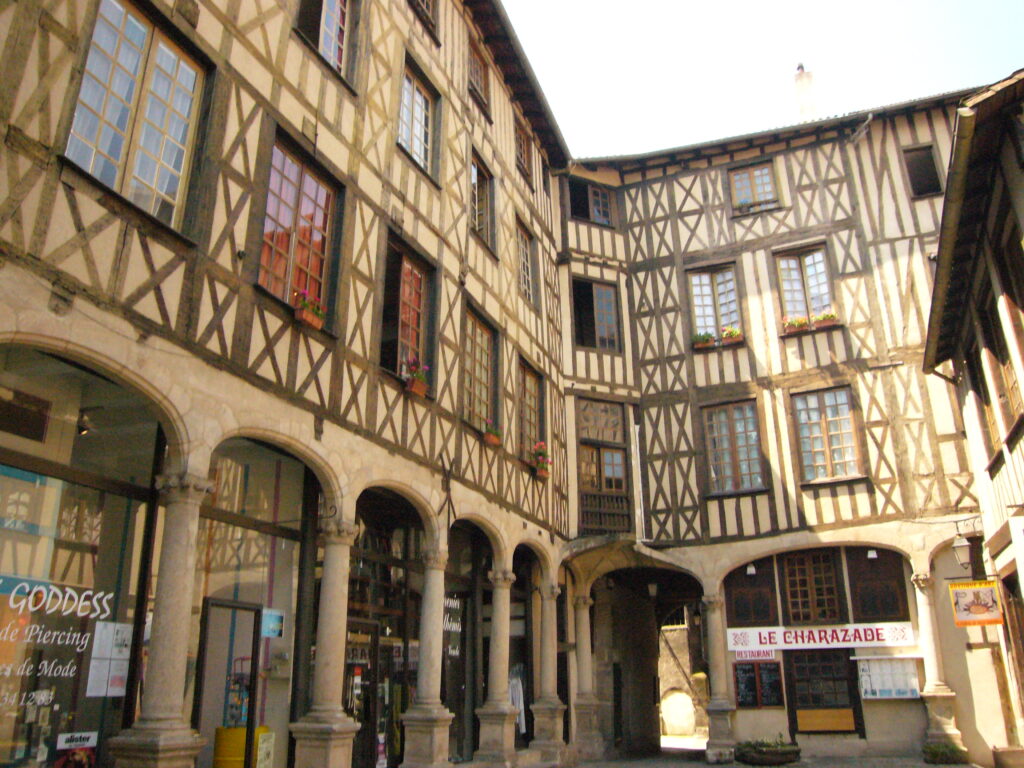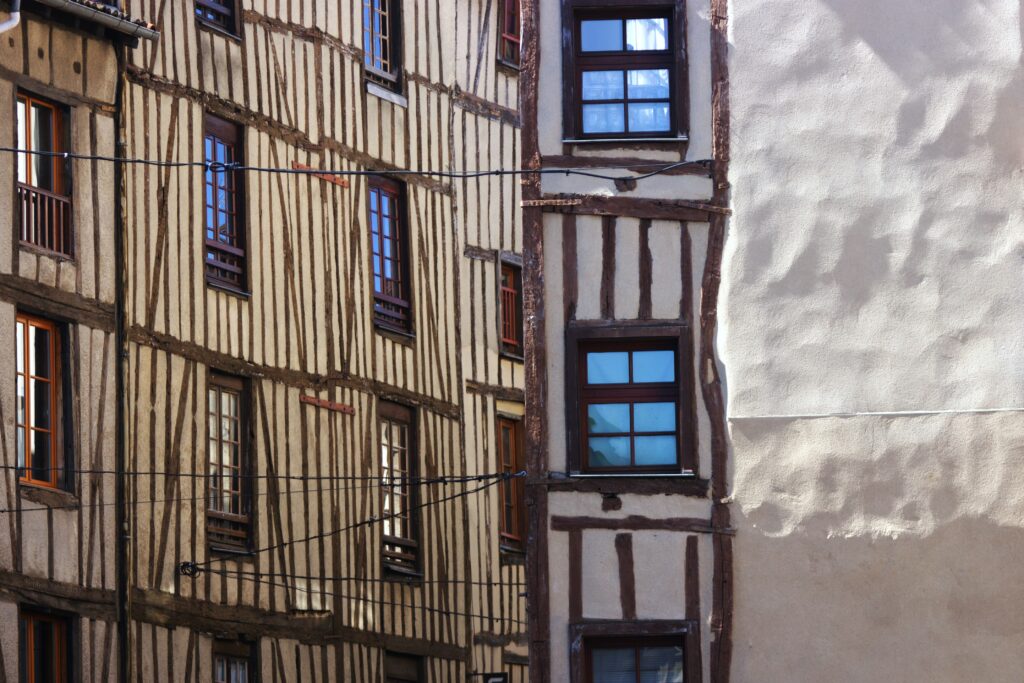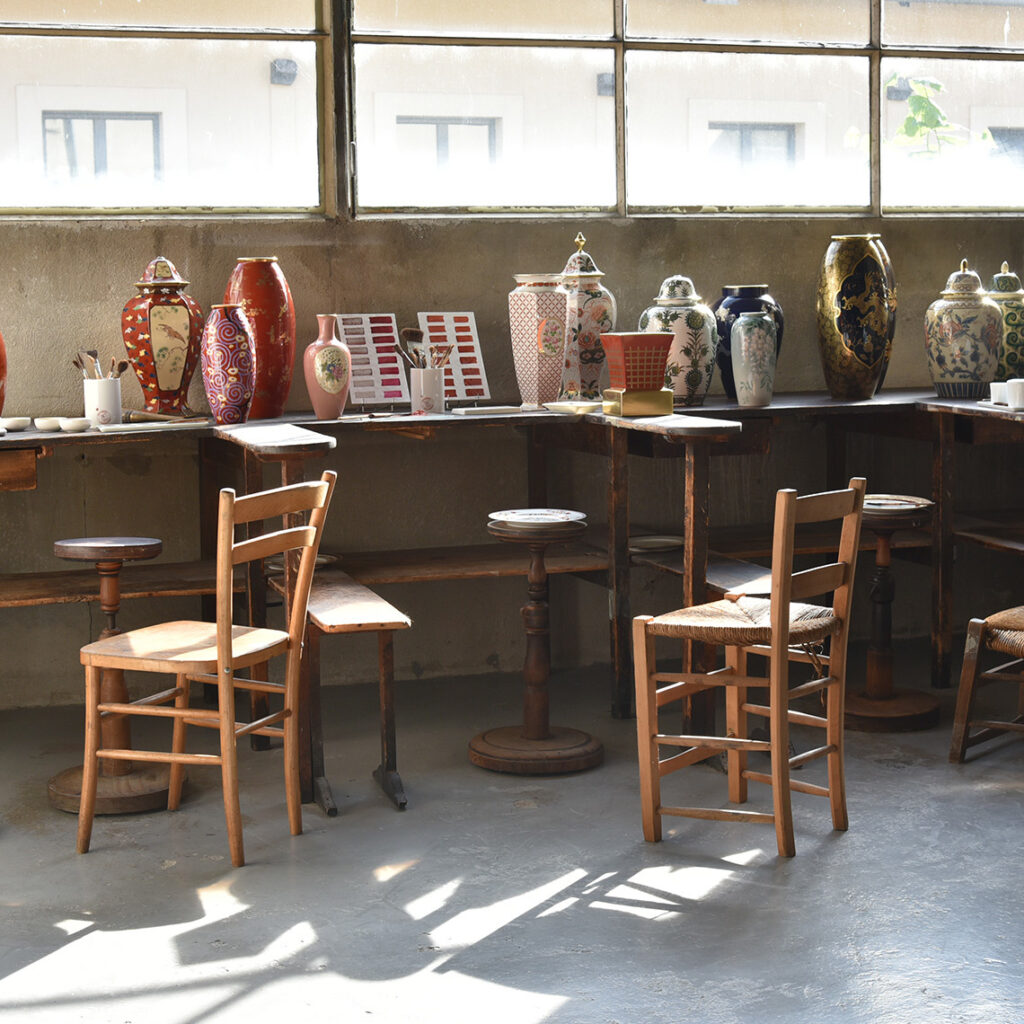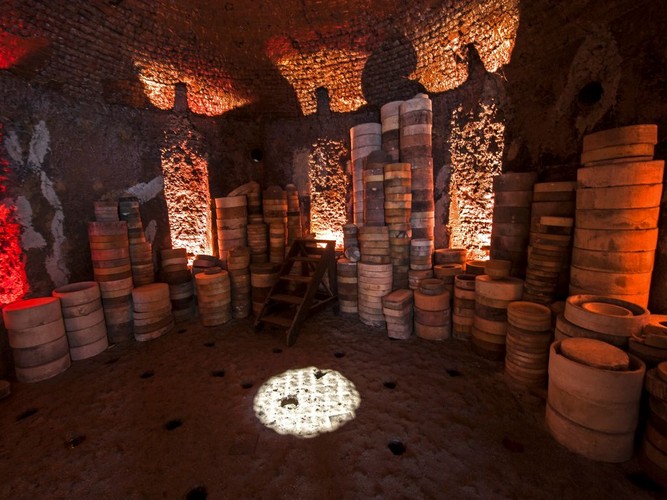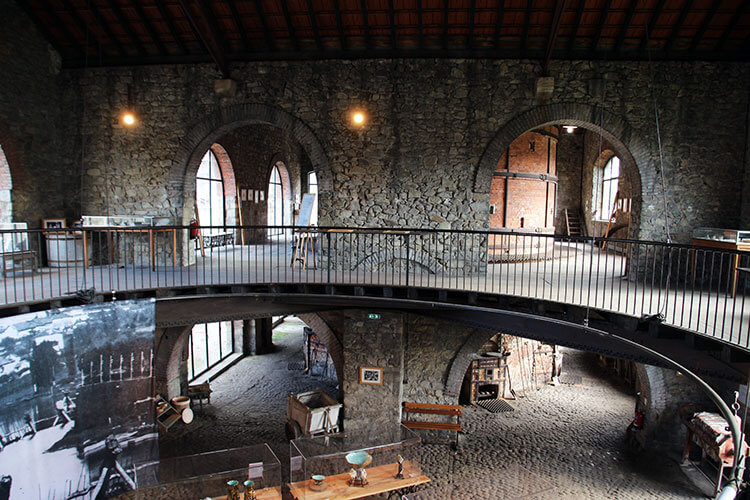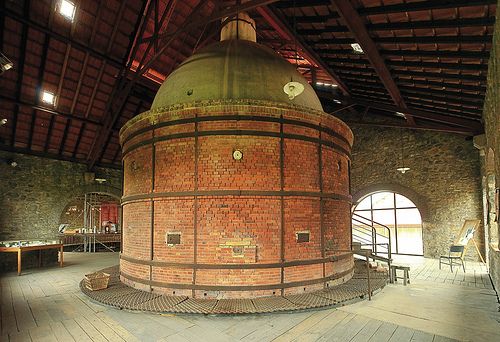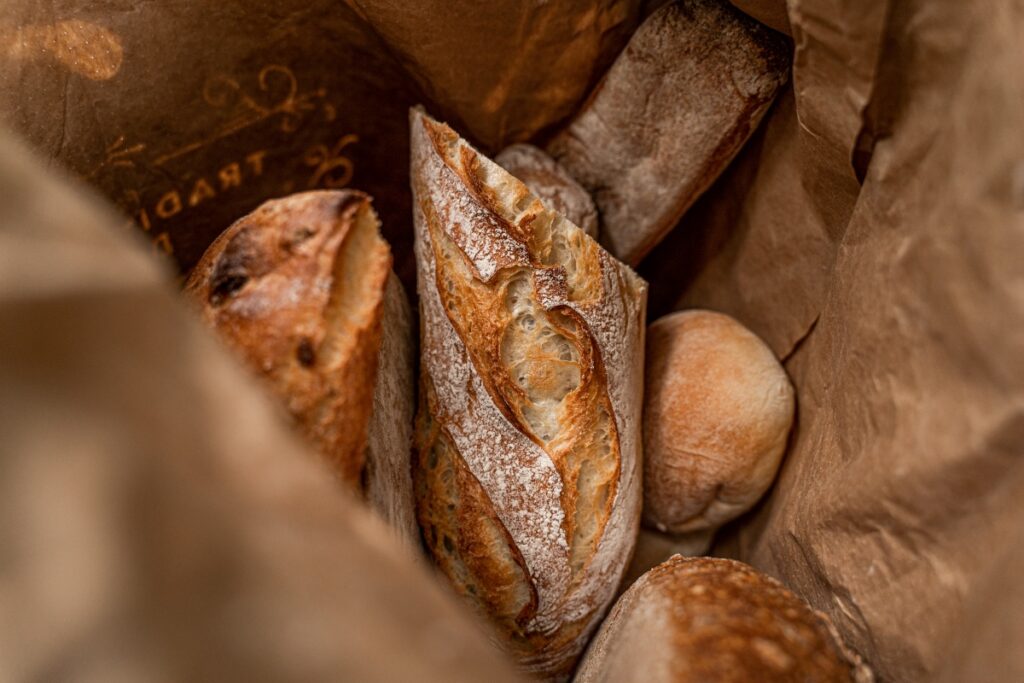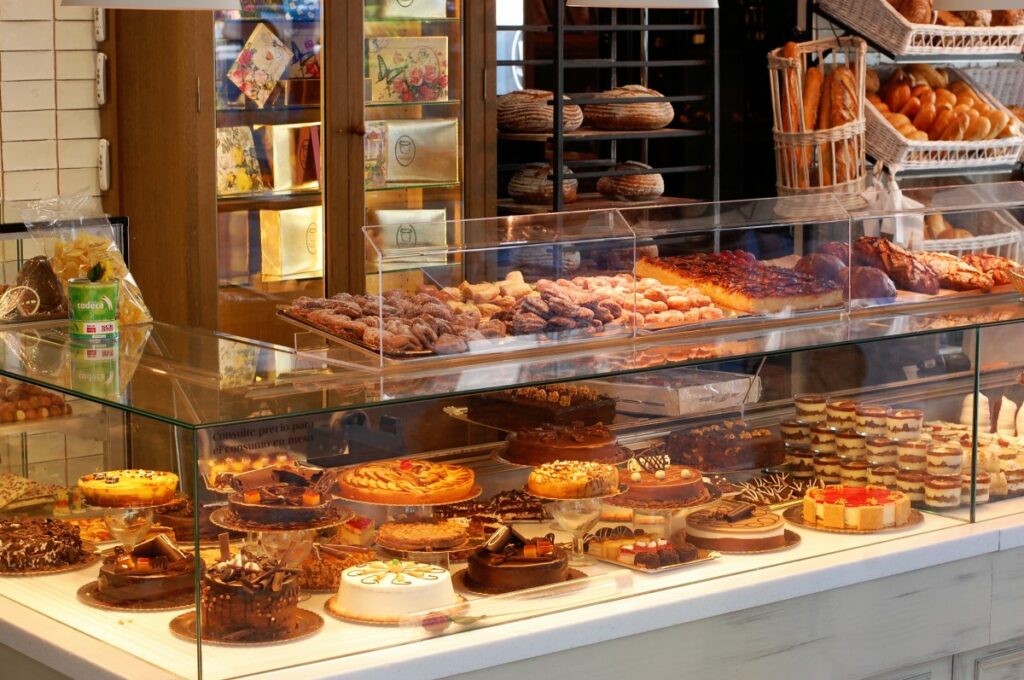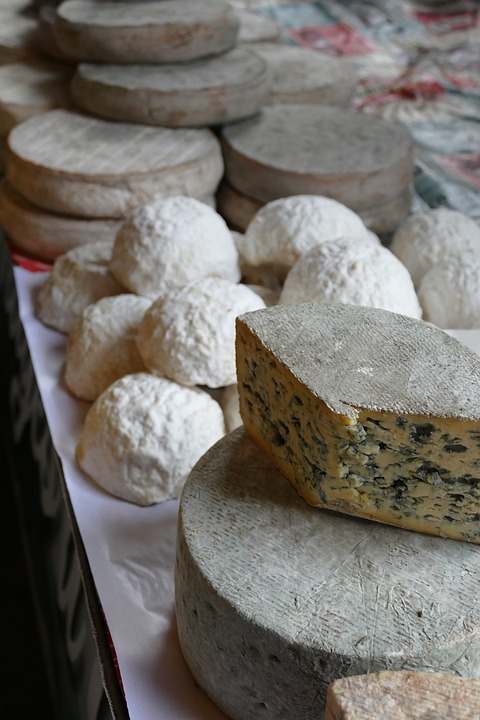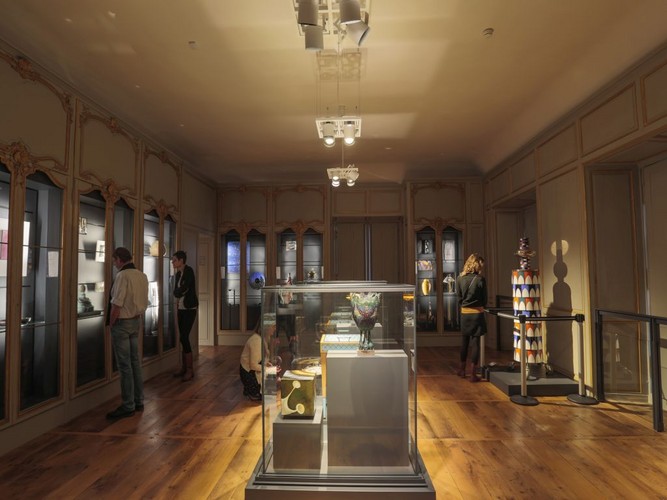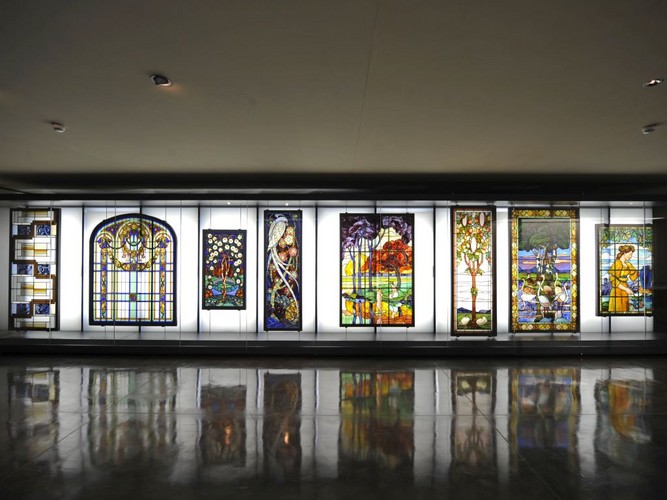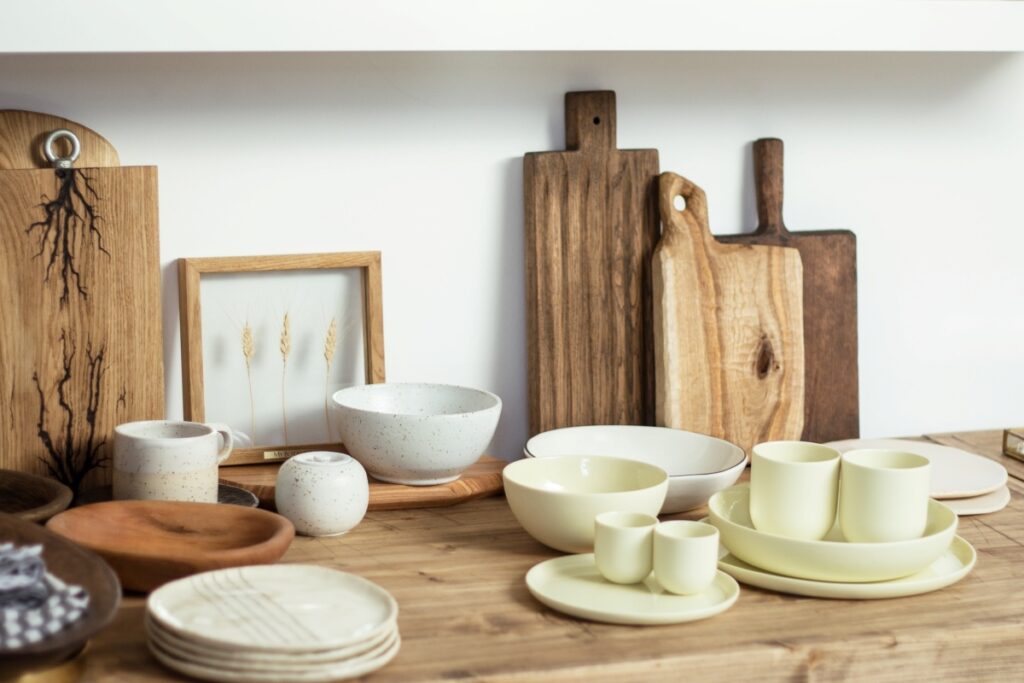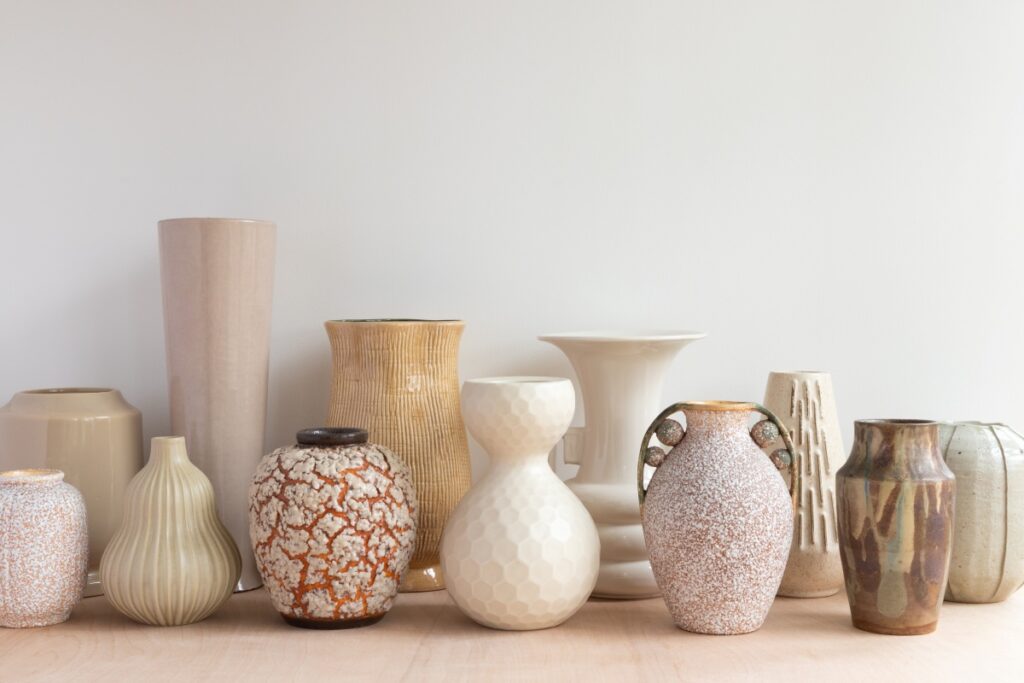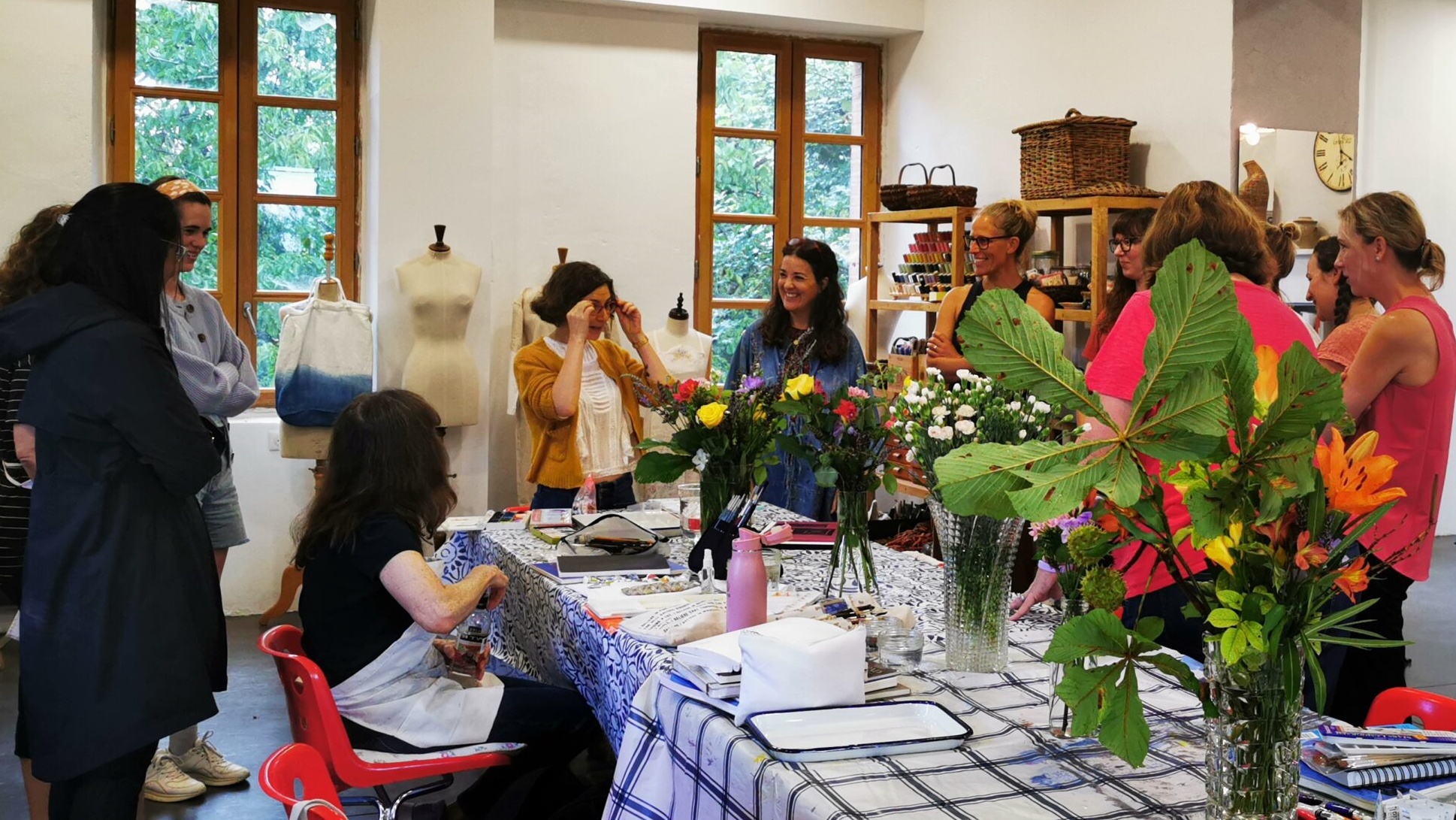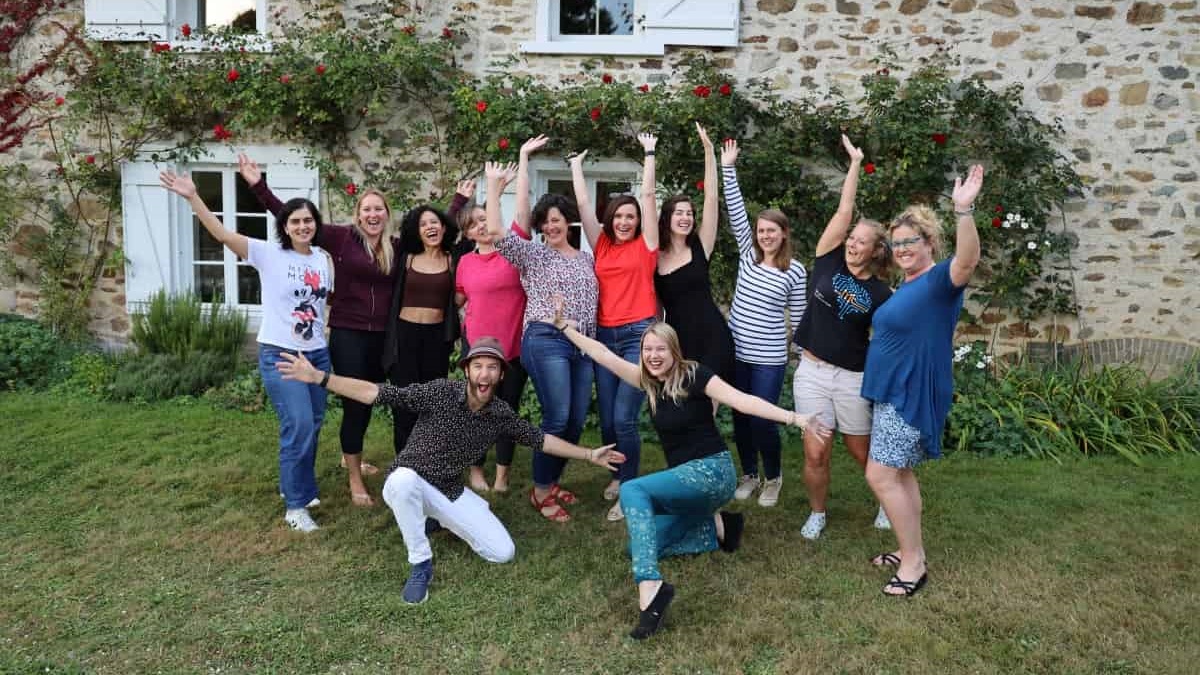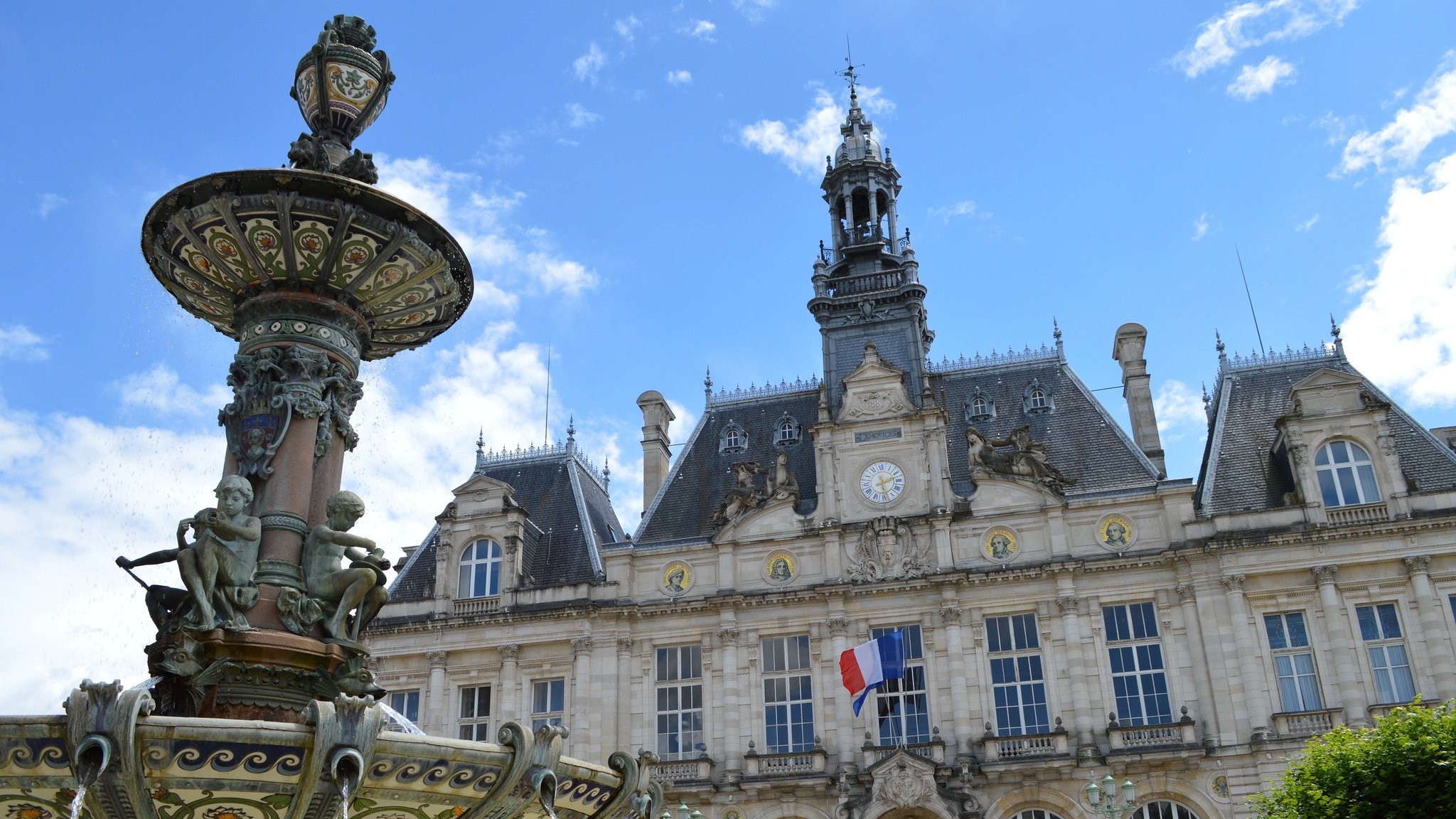
Five Things to See and Do in Limoges, France
If you’re headed to an UpTrek art retreat in west-central France, you will likely enjoy a day trip to Limoges as part of the program. You’ll explore some essential landmarks in Limoges with the retreat artist and the art group. You’ll visit the National Porcelain Museum, have a picnic in the beautiful botanical gardens, and stroll through Quartier de la Boucherie with a chance to see the majestic Cathedral as well. But, if you’re lucky enough to have more time to spend in this charming French town before or after the retreat, there are plenty more things to see and do. Limoges is one of France’s hidden gems whose true charm lies in its undiscovered nature. Here you’ll find all the best things France has to offer: historic neighborhoods, art and culture, delicious food, and exquisite opportunities for shopping — without the crowds. Labeled as a “UNESCO Creative City” and designated “Ville d’Art et d’Histoire” (City of Art and History) by the French Ministry of Culture, this spectacular city has many wonderful things to offer to anyone who is interested in discovering it. Here’s a list of the five best things to see and do in Limoges.
1. Explore the Historic Heart of the City
No need to head to Strasbourg or Paris for charming medieval streets and a romantic setting. Limoges is the perfect place to get lost among historic houses in a maze of cobbled streets. Limoges has a history dating back to the 10th century BC when it started out as a Gallo-Roman city. During the Middle Ages, the city was an important hub where the Dukes of Aquitaine were invested and crowned. All of this rich history can be found in the architecture of the city, especially in the historic center. In Limoges, there are two main historic areas: la Cité surrounding the cathedral, and la Boucherie — one of the most picturesque streets in the city. The two neighborhoods are just 10 minutes apart by foot and are easy to explore together.
Admire the timber-framed houses and small café-bars in la Cité. This pedestrian district dates back to the 4th century and is now one of the liveliest areas in the city, with its cafés, terraces, and boutiques. Enjoy a delicious croissant and a coffee at one of the inviting pavement cafés, wander through tiny shops, patisseries, boulangeries, and beautiful street corners. Then, head to the famed Quartier de la Boucherie. This area of the city owes its name to the butchers shops that once existed along the street during the Middle Ages. Take pictures of Chapelle Saint Aurélien, tucked cozily between medieval houses. Stroll through the quiet streets and have a taste of the easygoing French way of life.
2. Visit the City’s Porcelain Museums
Limoges has been dubbed “the city of the fire arts” because of its long history of metalwork, enamel work, and of course, porcelain. The city’s biggest porcelain museum is the Adrien Dubouche National Museum, which you will be visiting together with the art group during the art retreat. But the Adrien Dubouche museum is far from the only porcelain museum in Limoges. And while it is the biggest and most popular one, there are significant advantages in exploring the smaller, more intimate galleries and workshops. The Bernardaud Foundation or the Casseaux Porcelain Kiln are real treasures for those with a keen eye for beauty and a soft spot for aesthetics in everyday objects. The Bernardaud Foundation needs no introduction in Limoges. They produce some of the city’s finest porcelain: dinner sets, jewelry, and decorative pieces. This brand started its creative endeavors back in 1863. Today, the company produces beautiful, delicate-looking yet sturdy porcelain pieces on an industrial scale, while still working in accordance with the high standards of a craft based on artisan techniques. You can take a tour of the factory (dating back to 1863), explore the original workshops, learn about porcelain production from the raw materials to the finished product, and watch live demonstrations of manufacturing and decorating techniques. On your way out, take plenty of time to explore the gorgeous shop filled with creative and innovative pieces, and maybe even find a piece of Limoges history to take back home with you.
The Casseaux Porcelain Kiln and Museum are located in a 19th-century industrial building that tells the story of the struggles and victories of porcelain-making that lead to its perfected form today. The museum is a testament to the men and women who have relentlessly pursued mastery of skill, technique, and fire in order to produce the iridescent transparency that we now associate with high-quality porcelain. The brick kiln seen in the middle of the building was completed in 1900 and used to fire up to 15.000 pieces for 40 hours in one batch — a feat of human engineering. It is now the only one of its kind left in France and has been declared a Historical Monument. Enjoy the ever-changing exhibitions of fine Limoges porcelain from past and present in the museum. Take pictures or take some time to sketch on this unique site. The Casseaux Kiln is now part of the factory of Porcelaine Royal Limoges, producing some of the most beautiful porcelain works in the world, so don’t forget to stop by the shop next door to choose a special piece for someone special or for yourself.
3. Indulge in Delicious French Cuisine
Foodies visiting Limoges will have a great time exploring the city’s restaurants and cafés. Don’t leave this French region without having tried the deliciously tender and widely renowned “Limousin” beef served with cep mushrooms. Other famous local recipes include the “Baronet” lamb chop — a local label that guarantees the meat is succulent and very tasty. Head to the central covered market of Limoges — Les Halles — for a chic dining experience. This local gourmet hotspot was built between 1885 and 1889 and was the shopping center of Limoges during the 19th century. A sort of little sister to the Eiffel Tower, the building is marvelous to look at. Inspired by the works of Gustave Eiffel, there is a steel structure with triangulated frames holding up the magnificent domed ceiling. The central market hosts more than 40 shopkeepers serving a variety of local dishes and delicacies. Lunch is your best option at Les Halles since they are only open Tuesday and Wednesday from 7 am to 1 pm and Thursday through Sunday from 7 am to 3 pm. At Les Halles, you’ll not only find delicious Bistrot meals but local specialties as well, such as artisanal French cheeses, baguettes and pastries, spices, fish, charcuterie, and gourmet chocolates.
Alternatives for lunch, dinner, or a drink include Chez Alphonse, a true Limoges institution with delicious bistro-style cuisine, Bistrot 1900 with its ‘troquet’ atmosphere, Brasserie Michard for a sip of refreshing cold beer, and La Fabrique du Café for a lovely cup of coffee in the upper part of town.
4. Visit the Museum of Fine Arts
Musée Beaux-Arts is an unmissable stop for art lovers finding themselves in Limoges. The large 18th-century building designed by the Brousseau brothers is home to countless gems of the fine arts. The building served as Episcopal Palace in the 18th century and was converted into a museum in 1912. Today, the museum’s Neo-Classic design, grand staircase, and elegant rooms serve as an exquisite backdrop for its varied collections.
Enter the Fine Arts Museum and discover unique pieces dating back from the Gallo-Roman and Ancient Egyptian eras all the way to Impressionist paintings, Art Deco works, and remarkable contemporary art. The museum also hosts a unique collection of enamel from all over the world and showcases the evolution of Limoges enamels from the 11th century to this day. If you enjoy paintings, take your time exploring the room dedicated to impressionist painters. Discover the beauty of canvases by Suzanne Valadon, Armand Guillaumin, and the famed Limoges-born Pierre-Auguste Renoir. The museum also includes a small historical exhibition about the development of the city of Limoges throughout the ages showcased through a series of models. After exploring the collections, take a stroll in the wonderful French gardens of the Museum to end your visit.
5. Pamper Yourself with a Unique Shopping Session
We strongly recommend you don’t leave Limoges without shopping for some unique porcelain pieces that you will treasure for a lifetime. Head to Boulevard Louis Blanc, nicknamed Porcelain Boulevard, and explore the variety of shops offering tableware, jewelry, and decorations of classic and unexpected shapes, as well as the latest enamel creations. One of the boutique shops that stand out is Galerie Le Bocal a collective gallery of craftspeople and designers that produce luxury and everyday items you won’t resist. Shop for authentic porcelain pieces produced by expert craftsmen and women. Admire contemporary artful creations and time-honored designs displayed in beautiful showcases for your pleasure. Impress your friends back home with exceptional items that cannot be found anywhere else in the world.
If for some reason you do not want to explore the length of Boulevard Louis Blanc with its many artisan shops, head to the Jacques-Pergay shop at 117 Rue de Nexon instead.
Bonus: If you’re in Limoges for more than a few hours and want to get the most out of your time, you might want to look into buying a Limoges City Pass. The Limoges City Pass is an all-in-one ticket for tourism, culture, and leisure in Limoges. You can buy a 24h, 48h, or 72h pass depending on the amount of time you want o spend in the city. With it, you get free access to 20 cultural sites like museums, galleries, exhibitions, and free access to public transport including buses, electric scooters, and electric bikes. You also get special offers and discounts at any of the 75 partners throughout the city. You can choose a date and book a Limoges City Pass online here.


